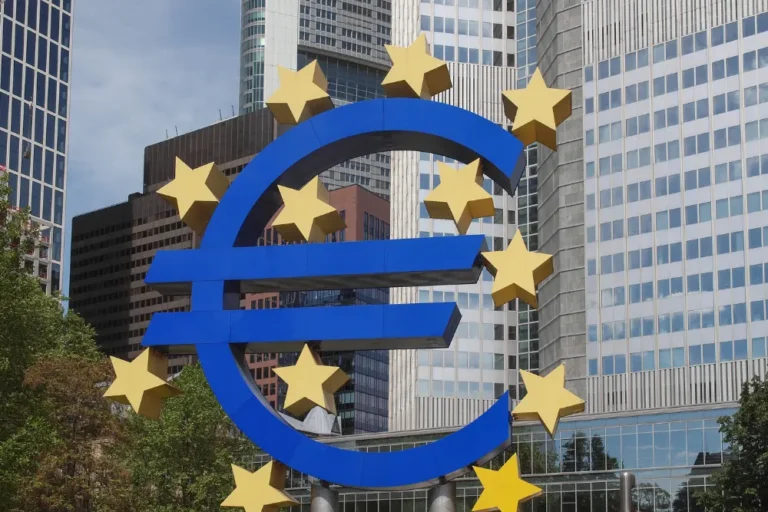Over thirty years ago, several European countries decided to tighten their relationship in multiple areas, including economic and financial. That’s why the European Union is one of the most significant forces in the world’s economy today. Its strength can be noticed in many different areas, but traders have access to European indices, which show the EU’s financial condition.
The Union’s Togetherness
The European Union’s main goal was always the free float of people and capital between members. That’s the reason why traders can explore multinational indexes, such as EURO STOXX50.
Among all the European indices, it is one of the most liquid due to its diversity in terms of sector. Unlike NASDAQ, EURO STOXX50 does not focus only on one economic sector. While checking the equities taken into consideration, investors can notice not only technological giants but also companies from consumer products, industrial goods, health care, or automobile sectors, such as Stellantis listed on the Euronext Paris Stock Exchange.
Moreover, traders making an informed investment decision will see various countries included in EURO STOXX50. Due to its economic and geographical position, most companies in this index are from Germany and France. Netherlands, Spain, Italy, Ireland, Finland, and Belgium also have their representatives in this European index.
Domestic European Indices
Does it mean that domestic economies focus only on the European Union and its financial growth? Absolutely not. Traders can also invest in various domestic markets, like Spain, Germany, or France. As in the case of other European indices, the number in the name of the index represents the number of companies included in the index. For example, Spanish IBEX35 consists of 35 companies from Spain.
Traders should not be surprised to see one equity in two different indexes. These 50 companies involved in EURO STOXX50 are usually part of their respective domestic indexes. A perfect example can be German Siemens, included in both DAX40 and the Eurozone index, or French LVMH.
Brexit Consequences
Great Britain has always been a fundamental member of the European continent. Its relationship – at some points in history turbulent – with countries from Western Europe and Scandinavia constantly develops the continent’s economic landscape. After exiting the European Union, some traders may think that the UK is unrelated to the continent.
Even though some businesses had to limit their activity in the United Kingdom, investors should still consider FTSE100 as one of the most significant European indices. This index presents the 100 most prominent and essential British companies currently available in the market. Each company must meet multiple criteria to enter the index, such as free float and liquidity on certain levels.
When Can Investors Trade European Indices?
Both novice and experienced traders must keep in mind that indices can be traded, obviously, at the same time as equities themselves. It means that traders need to know when the particular market is open.
When it comes to European indices, there are almost the same time zones on the whole continent. Usually, traders can set their alarm clock between 9:00 AM and 5:30 PM Central Eastern Time. Unlike in the United States, traders don’t have to worry about the time difference if they want to explore German, French, or Swedish markets.
However, Great Britain operates in slightly distinctive time zones. Even though it’s only one hour difference, traders interested in the FTSE100 index need to keep that in mind.

